- Info CenterHalogen SensiCLĒNE™ The MP5™ was created with stable calibrations and low maintenance as priority requirements. To that end,...Real Talk about "Continuous Monitoring" Chlorine Analyzer claims Some manufacturers of online chlorine analyzers are making bold claims...
- Industries & ApplicationsMaritime & Aviation
Potable Water
Airport & AirPLane Monitoring
Inflow Source Monitoring
Tanker Monitoring
INDUSTRIALCommercial Buildings
Industrial Processing
Applications - ProductsHalogen SensiCLĒNE™ The MP5™ was created with stable calibrations and...Real Talk about "Continuous Monitoring" Chlorine Analyzer claims Some manufacturers...
- Contact
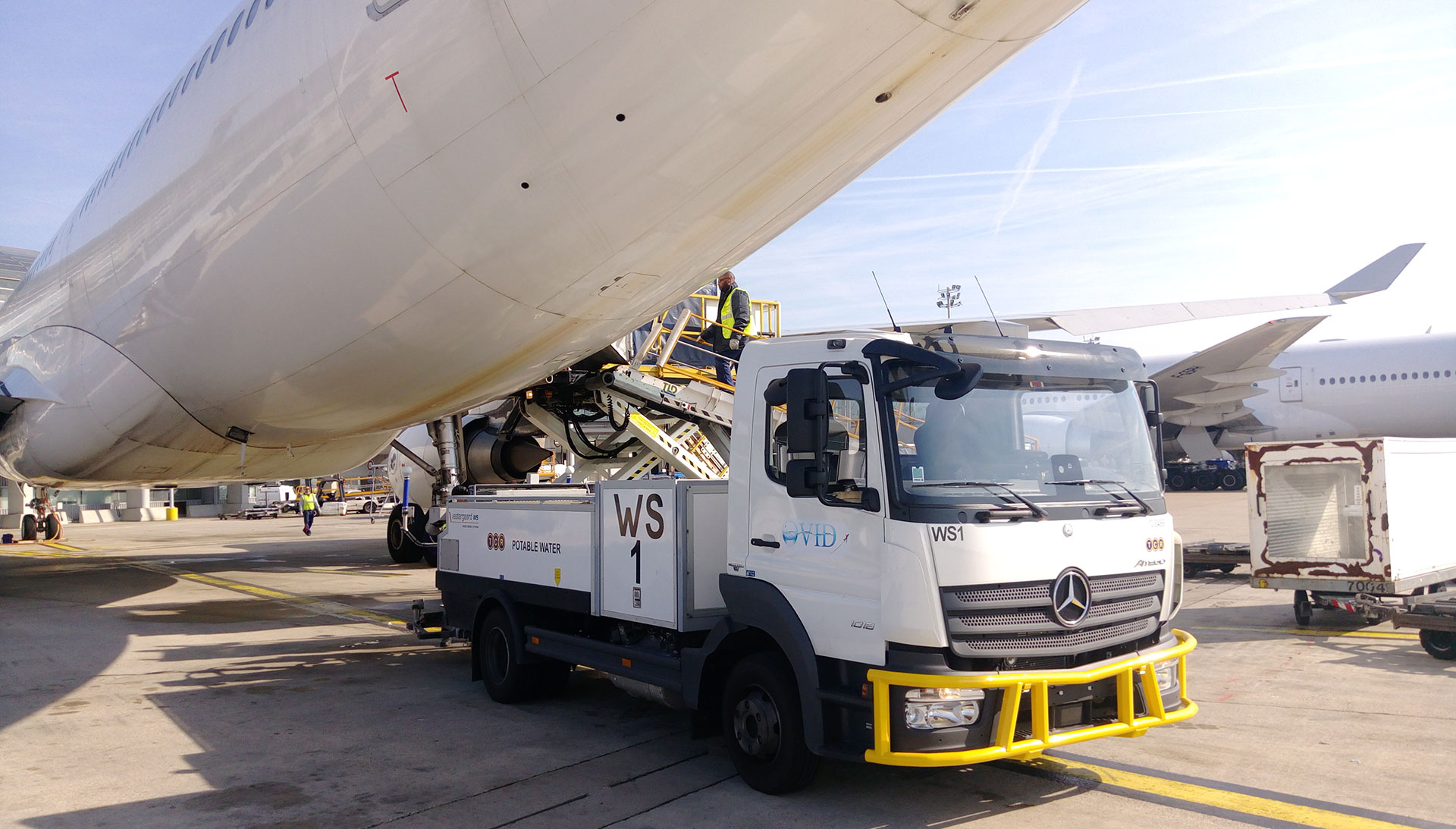
Air Travel has a Potable Water Problem
Contamination Issues in Onboard Drinking Water are a Cause for Concern
"Never drink any water onboard that isn't in a sealed bottle, do not drink coffee or tea onboard, and do not wash your hands in the bathroom..."
2019 Airline Water Study
The Air Travel Industry needs better solutions for potable water quality analysis. Sensors that rely on membranes and reagents plus manual testing are not well suited to the timelines and mobility factors that airlines operate within. The consistent findings of multiple studies can be summed up in a quote obove from a 2019 report from Hunter Collage NYC:
This is not a new problem of course. A 2015 study by the University of Limerick Microbiology Laboratory, Department of Chemical and Environmental Sciences exposed issues related to potential bacterial growth within the air travel industry water supply. Water on board aircraft is sourced from a municipality or from groundwater, piped to a central filling point and distributed to each aircraft by water service vehicles at the home base or at the destination airport. The study revealed that long-haul flights were significantly poorer in terms of microbial quality than short haul flights and showed that the water service vehicles were a significant source of increased microbial load in aircraft. Microbial diversity was also demonstrated, with 37 bacterial species identified belonging to eight classes
"Long-haul flights were significantly poorer in terms of microbial quality than short haul flights and … water service vehicles were a significant source of increased microbial load in aircraft."
University of Limerick Study
Further, a 2019 Airline Water Study by CUNY’s Hunter College NYC Food Policy Center revealed that the quality of drinking water varied widely by airline, and many airlines have possibly provided passengers with unhealthy water. Their findings and bottom line advice? ‘Never drink any water onboard that isn’t in a sealed bottle, do not drink coffee or tea onboard, and do not wash your hands in the bathroom; bring hand sanitizer with you instead.’
This worrisome state of affairs may simply come down to the difficulty of actively monitoring the water at the source tap and after it leaves the source tap. Using typical sensors at the tap requires a waste stream, and once the water is in a service vehicle or on a plane, testing becomes a manual and time-intensive process.
Halogen’s MP5™ is well suited for monitoring multiple parameters while within the problematic frameworks required to solve this issue and we are working with partners to create solutions.
A smart plan of action? Install an MP5-based End-of-Line remote monitoring solution at the water-service vehicle filling station, so operators know the residual count. Next, add an in-development MP5-based mobile tank solution in the mobile tankers. The sensor can be mounted in the tank itself, collecting data that will be broadcasted via cellular telemetry reporting. Knowing the delta in chlorine from source water and the delivery vehicle allows airport operators to treat tanks before loading water into planes. The relatively small footprint MP5™ can also be deployed as a side-stream kit used by ground crews to sample plane tanks via flush valves on the aircraft.
Get more details on the Halogen MP5™ Potable Water Chlorine Monitor Solutions for Air Travel.
Many Applications Benefit from a Self-Cleaning, Low-Maintenance Analyzer
Halogen’s technology helps maintain stable calibrations while lowering maintenance requirements. This combination makes MP5™ a good option for monitoring stations that might otherwise involve constant crew rollouts for operator interventions. When packaged with remote telemetry options, the MP5™ can be the foundation for IoT monitoring solutions. See below for example applications.

REMOTE RESERVOIR
Suspended directly in the a drinking water reservoir, an MP5™ chlorine sensor can report via a cellular telemetry option. When running on an optional battery kit, the MP5™ can sample at predefined intervals and operates with no maintenance interaction for a month.
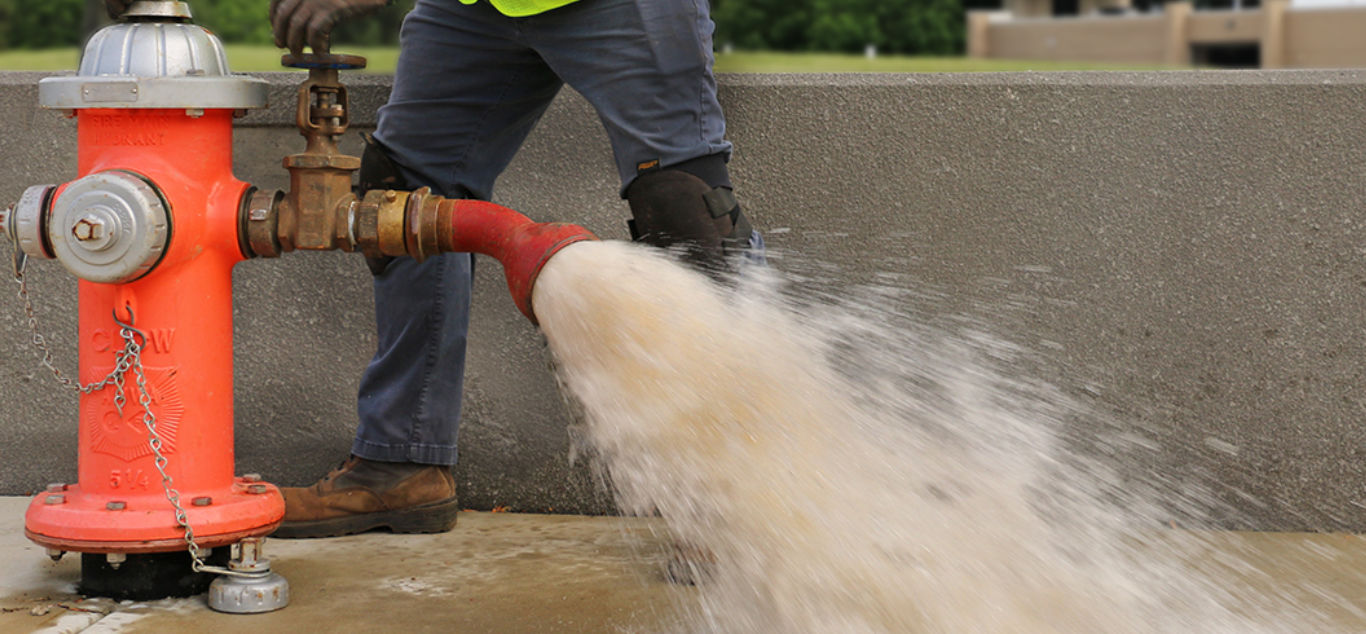
END-OF-LINE TESTING
Municipalities that currently have to roll a truck to know with certainty that homes at the end of the line are getting appropriate PPM can lower costs and increase accuracy by putting an MP5™ directly in the neighborhood water pipe. Data can broadcast via cellular telemetry.
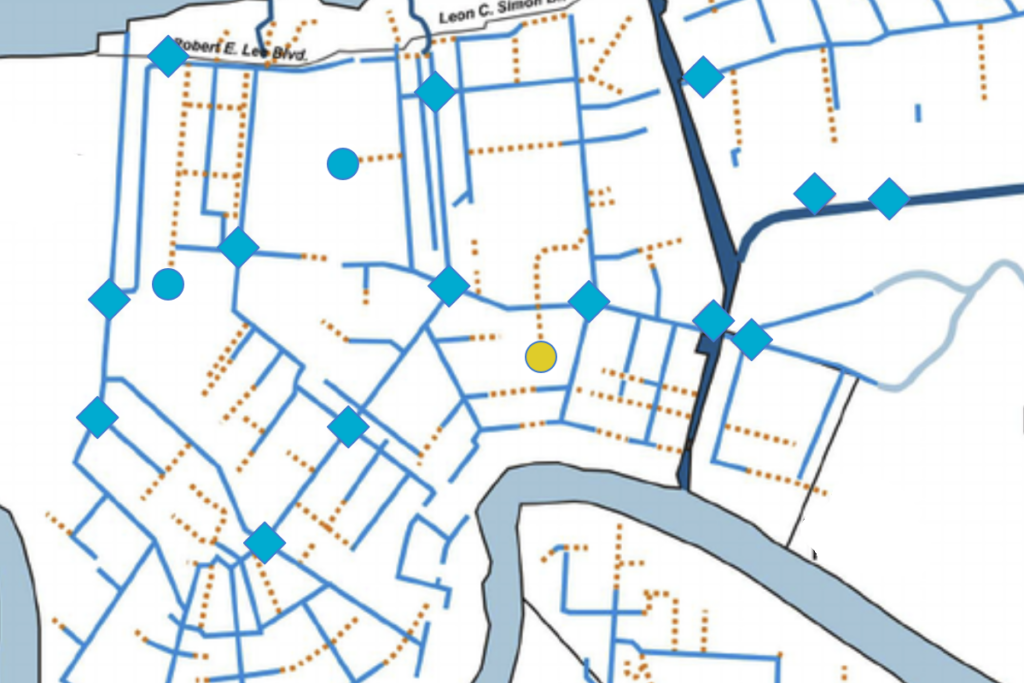
GRID MONITORING
Water aging and other degradation issues in a distribution grid can be discerned by deploying MP5™ analyzers at desired points in the system. Operators can track temperature, conductivity, pH, and even ORP no matter the flow or pressure (up to 10.5 bar) via remote telemetry options.

CRUISE SHIP DRINKING WATER
To guard against Legionella, cruise lines need to monitor chlorine levels in their freshwater tanks, guard against contamination from source providers, and sample at the actual taps. SensiCLĒNE™ technology and the flexible installation options of the MP5™ analyzer allow operators to create solutions that will work in this tough environment.
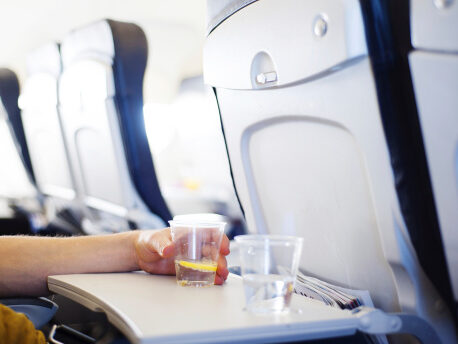
AIRLINE WATER TANKER MONITORING
Studies in the UK show water tankers as a source of contamination in airline drinking water, but monitoring these mobile refill units is a highly manual process, making consistency difficult in a rushed environment. Self-cleaning, durable, and flow-independent, the MP5™ can be the foundation of an source-side solution.
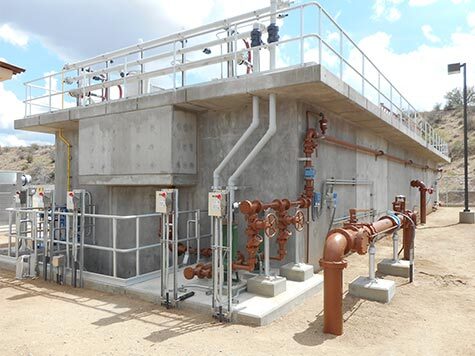
EWR MONITORING
Environmental Water Reclamation (EWR) is a hot topic in areas that are facing water shortages, but remote holding tanks can also become hot spots for all sorts of bacterial growth. Thanks in part to SensiCLĒNE™, the MP5™ is unaffected by flow and turbidity, making it a good choice to build a robust, low-maintenance monitoring system.